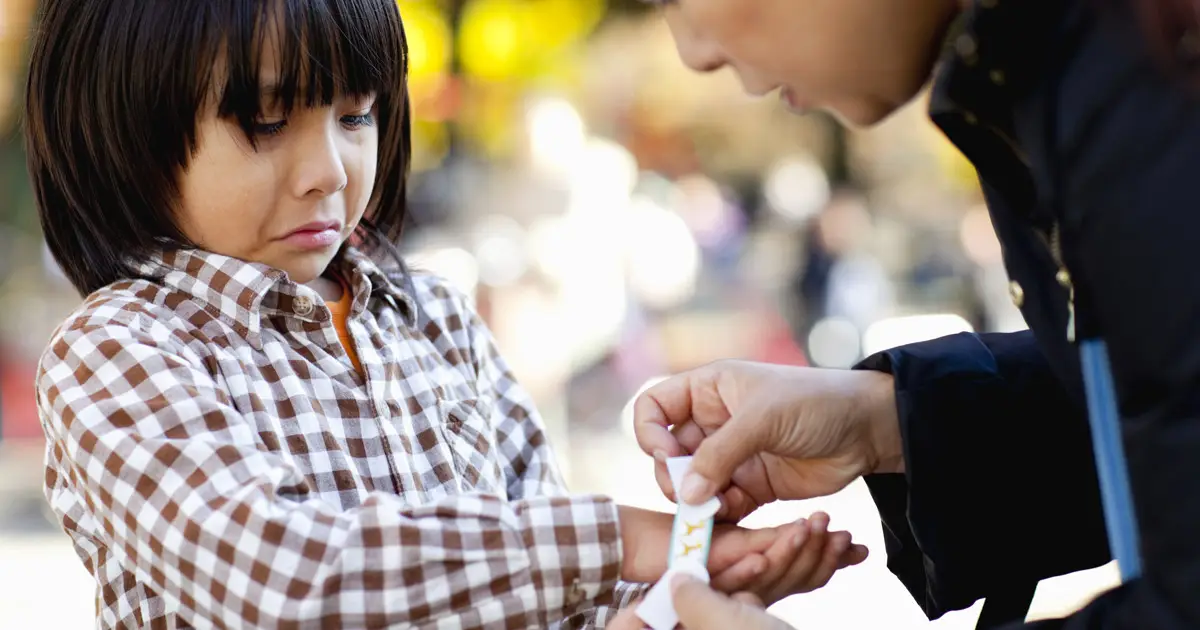By: Firefighter Michael O. McLeieer, President – E.S.C.A.P.E. Inc.
Adjunct Instructor National Fire Academy, Training Coordinator Massachusetts Firefighting Academy
Injuries, especially those to children, occur when we least expect them. In fact, many children cannot seem to complete a day without the occasional scrape, bruise, or bump. As an ECSI instructor, one of the most frequently asked questions I receive from students is, “How do you properly and effectively treat injuries to children?”
The specific treatment will depend on the type of injury or illness, and on what type of pain tolerance the child possesses.
Children are likely to become less verbal, crankier, and louder when they are injured or in pain. This can make talking to the child and determining what is wrong quite difficult.
Here are some tips you might share with your students when discussing childhood injuries:
- Assess the scene to make sure it is safe to approach the child.
- Approach the child slowly and determine the mechanism of injury.
- Use a calm voice when speaking with the child and be aware of your own feelings. Children may sense the charged emotions of adults.
- Many children are afraid of emergency medical responders because they are strangers. Children may also become scared when injured. Great ways to build rapport include providing stuffed animals to younger children, or bringing up interesting topics to older children, to distract them from their injury or illness.
- Acknowledge how the child feels. An injured or ill child will calm down more readily if the child feels that he or she has been heard and that the first aid care provider understands. Sometimes, simply saying “I know” or “Uh huh” is enough. Too many words can be distracting to a young child.
- When adults are injured and there are children present (e.g. in an automobile crash), provide a stuffed animal to the uninjured child. This can provide a calming effect.
- Most children respond favorably to humor, a song, or a game during the assessment or treatment process.
- Depending on the injured child’s maturity level, consider allowing him or her the opportunity to assist in the treatment process (e.g. holding a bandage or placing a burn under cool water).
Finally, it will be essential to know the location of the nearest emergency department equipped to handle pediatric cases that require advanced medical attention.
Remember, caring for a child requires pre-planning, remaining calm, and using good common sense when the unexpected occurs.
